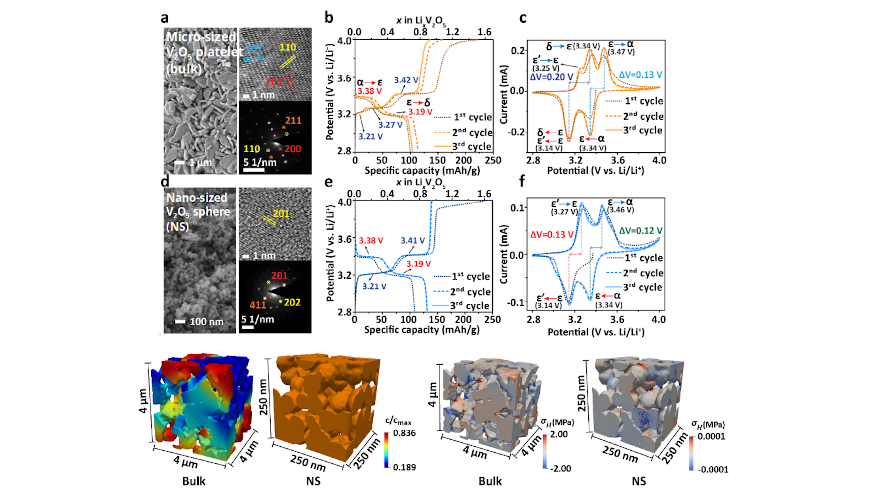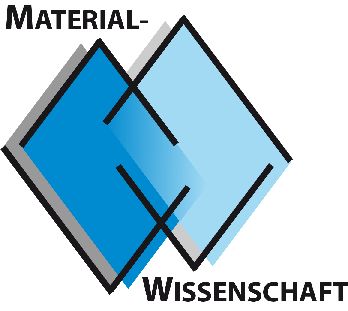Influence of particle shape and size on the battery capacity and lifetime
New publication in Nature Materials
2021/11/28
Collaborative work of Prof. Bai-Xiang Xu at TU Darmstadt with the groups of Prof. Sarbajit Banerjee and Prof. Matt Pharr at Texas A & M University, and Prof. Partha P. Mukherjee at Purdue University in US.

Authors: Yuting Luo, Yang Bai, Aashutosh Mistry, Yuwei Zhang, Dexin Zhao, Susmita Sarkar, Joseph V. Handy, Shahed Rezaei, Andrew Chihpin Chuang, Luis Carrillo, Kamila Wiaderek, Matt Pharr, Kelvin Xie, Partha P. Mukherjee, Bai-Xiang Xu and Sarbajit Banerjee
Rechargeable lithium-ion batteries (LIBs) are widely used in portable electronic devices and electric vehicles, and are prominent solutions for the off-grid storage of renewable energies. They are technology enablers for modern industry and smart life. However, there are a long way to go, in order to meet the ever-expanding demand. How to maximize the usage of cathode active particles towards their theoretical capacity is a common challenge and opportunity confronted by both the current LIB systems and the next LIB generation based on Lithium metal anode.
In fact, the spatiotemporal dynamics of ion insertion into each particle are determined by the redox events on the particle surface. Limited by the design and construction of electrode architectures, the usage of active particle depends strongly on scale-crossing aspects, including particle dimensions and geometries, the interface nature and the electrode composite architecture. How to design the electrode structure so that all the active particles can be fully used for reversible lithium storage is very critical.
By using operando characterization and finite element phase-field simulations, we observed that the particle geometry and shape can greatly affect the phase transformation behavior in the cathode material during ion insertion. In particular, nano-sized particles suppress the phase heterogeneity, thus mitigate the stress issue and ensure high level of reversible usage of active materials.


